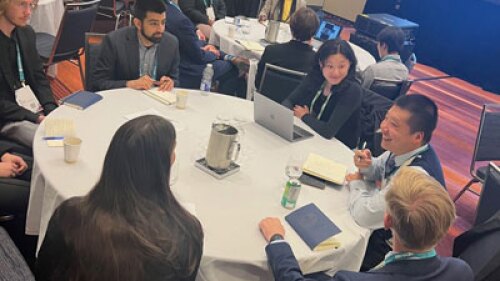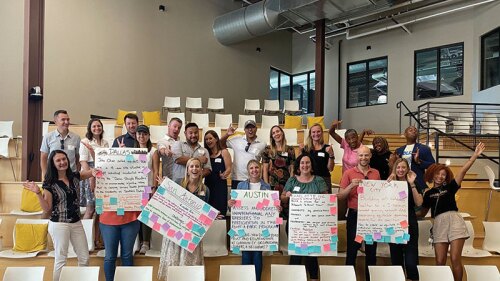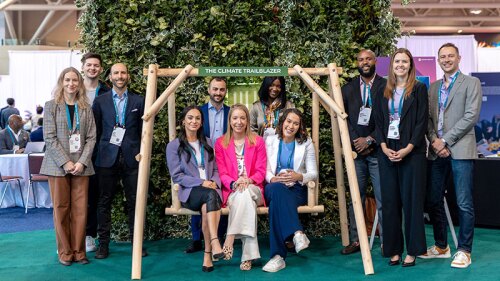How will the evolving nature of transportation affect our cities in the future? This was the question posed by Terence Seah, director and head of Benoy’s Singapore studio, at a recent event cohosted by ULI Singapore and Benoy, an international architecture and master-planning firm.
The event drew professionals from Singapore’s property and design industries, and the focus of the discussion was the future of city planning and mixed-use developments that will make cities more livable in the future through the innovation of today’s mobility concepts.
Seah opened the discussion by presenting his views on the evolving role that mobility plays in city planning today. As is widely known, increasing populations mean an increase in cars and congestion. Naturally, public transportation becomes the more attractive means of travel, reducing time, cost, and pollution—but not all cities are well serviced in this regard.
To fill the gap, the world is witnessing the rise of personal transport devices (PTDs) as they become more advanced and affordable. Mobility is no longer solely dependent on cars or public transport; PTDs are offering an attractive alternative. Are cities providing the right infrastructure for communities to make this shift, however? And when this shift happens, what will become of the tens of thousands of car parking spaces within cities?
Seah suggests that a need exists to rethink the portion of car-related land use in relation to urban land use. Garages actually occupy some of the best property locations in cities. The opportunity to reappropriate these spaces for events, creative pursuits, the public realm, and the like is an exciting prospect.
Looking at it from the other perspective, Seah also considered the move toward a model where developments no longer provide parking, and the likely impact on the urban environment on a building, cluster, and urban scale. Imagine parts of a city without cars; what are the effects?
Opening up the floor to a response panel that included AECOM’s Scott Dunn and Invesco Real Estate’s Darren Sabom, the topic was heavily debated. A consensus emerged among all the speakers that taking cars away from cities would result in an immersive, pedestrianized, nonstop city environment that offered seamless connectivity and an animated street life.
Examples of this movement are already happening in Singapore, with Orchard Road taking part in car-free days. To be successful, though, there was agreement that just closing the street to cars does not make for an instantly accepted community hub. The streets need to be reprogrammed to stimulate engagement, and road closures need to be consistent and well marketed to draw regular visitors, the panel noted.
As they considered the opportunity to reinvent future redundant car parking spaces into new uses, the panelists presented the practical challenges of this trend as well. Low floor-to-ceiling heights and ramping are not conducive to many development uses, such as retail and residential. Authorities should be looking to enforce new formats on future parking facilities that will promote adaptive use later on.
People should not be worried about these spaces becoming vacant, however, Seah concluded. The concept of emptiness is not a bad thing for cities since it allows for anomalies and the opportunity to diversify.
This piece was contributed by Benoy.




